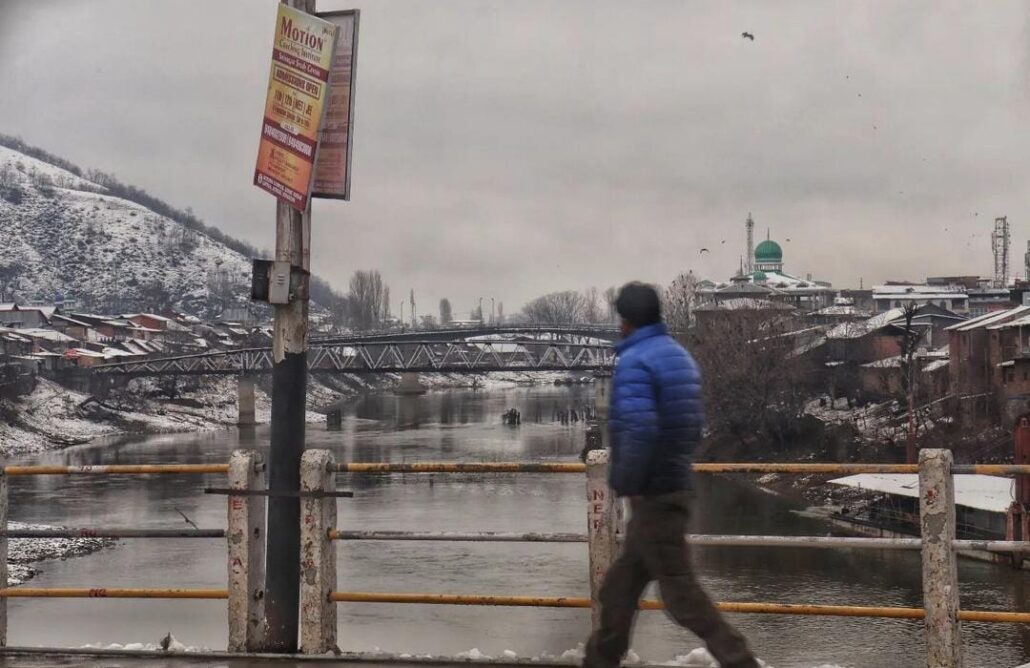
Jammu Kashmir, a region of contrasts, is characterized by economic transformations and social challenges, as revealed in the Employment report 2024 by International Labour Organization.
On one hand, average earnings of casual workers have risen significantly over the years which is an indicator of some improvement in the economy while on the other hand unemployment continues to be a major issue particularly among educated youth.
But as income levels rise there are also widening disparities with gender gap regarding access to employment opportunities expanding further.
Jammu Kashmir stands out against this background as a microcosm of the complex patterns that confront regions experiencing both economic development and social transformation through changing population distributions and shifting workforces.
The average income earned by casual employees aged 15 and above in 2002 was 2 689 rupees. In 2019, it rose to 9 085 and in the year 2022, average monthly wage for casual workers was at 11,162, as per the ILO report, accessed by The Kashmiriyat.
The percentages of self-employed women aged over fifteen years who were living below poverty line in the years of; 2005, 2012, 2019 and 2022 stood at; 14.29, 7.64, 35.77 and 9.65 respectively.
The average monthly wage of female casual workers has gone up from 1669 a month in 2005 to 11,197 per month in 2022, revealed the report analysed by The Kashmiriyat.
In Jammu Kashmir, the Unemployment rate of educated youths (aged 15–29) stood at 21.80 percent in 2005 while in 2022, the rate has grown to 34.80 per cent, as per ILO.
Unemployment rate of male youths (aged 15–29) with secondary or higher education in Jammu Kashmir has gone up from 17.6 per cent in 2005 to 25.86 in 2022 while in females the rate stood at 40.32 per cent in 2005 and it has climbed upto 57.41 in 2022.
As per ILO report, in Jammu Kashmir, the percentage of male youths (aged 15–29) not in employment, education or training was 5.67 per cent in 2005, this percentage has rose to 11.72 in 2022 while in females of the same group, the percentage has gone down from 54.91 in 2005 to 44.47 in 2022.
Despite this, Jammu Kashmir has one of the lowest proportion of persons among the migrants who migrated due to employment related reasons among the males with 38.3 percent while the migration rate in the state of employment reason stood at 22.1.
According to ILO, Projected youth population (aged 15–29) and their share in total population in Jammu Kashmir stood at 29.3 percent, this number is expected to go down by 2031 to 25.4 per cent.
In Jammu & Kashmir, a significant portion of the youth, approximately 58.7 per cent are highly qualified while only a small fraction, 6.3%, of the youth are employed in the formal sector, while the majority, approximately 80.8 per cent, are not categorized as NEET (Not in Education, Employment, or Training).
Regarding male workers, the percentage of those in regular formal employment has seen fluctuations over the years. It stood at 13.32% in 2005, increased to 15.14% in 2012, rose further to 19.40% in 2019, but witnessed a significant drop to 15.05% in 2022.
The percentage of casual laborers aged 15 and above has experienced consistent growth, rising from 12.73% in 2005 to 20.54% in 2022.
Jammu Kashmir stands out as one of the few states to observe an increase in casual labor numbers during this period.
In terms of self-employment, the percentage of workers aged 15 and above living below the poverty line has seen a slight decrease, declining from 16.26% in 2005 to 15.74% in 2022, according to ILO data. Among them female self employment in the Below Poverty Line has been severely hit in the region from 14.29 per cent in 2005 to a mere 9.65 in 2022.




